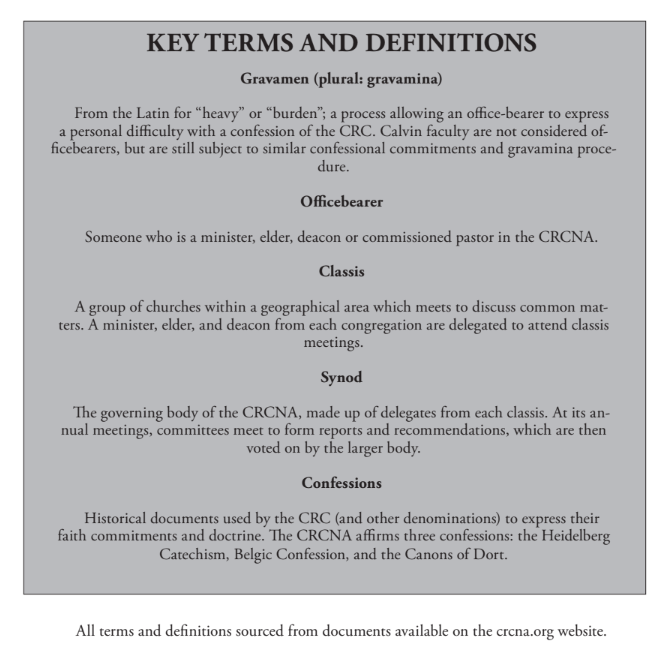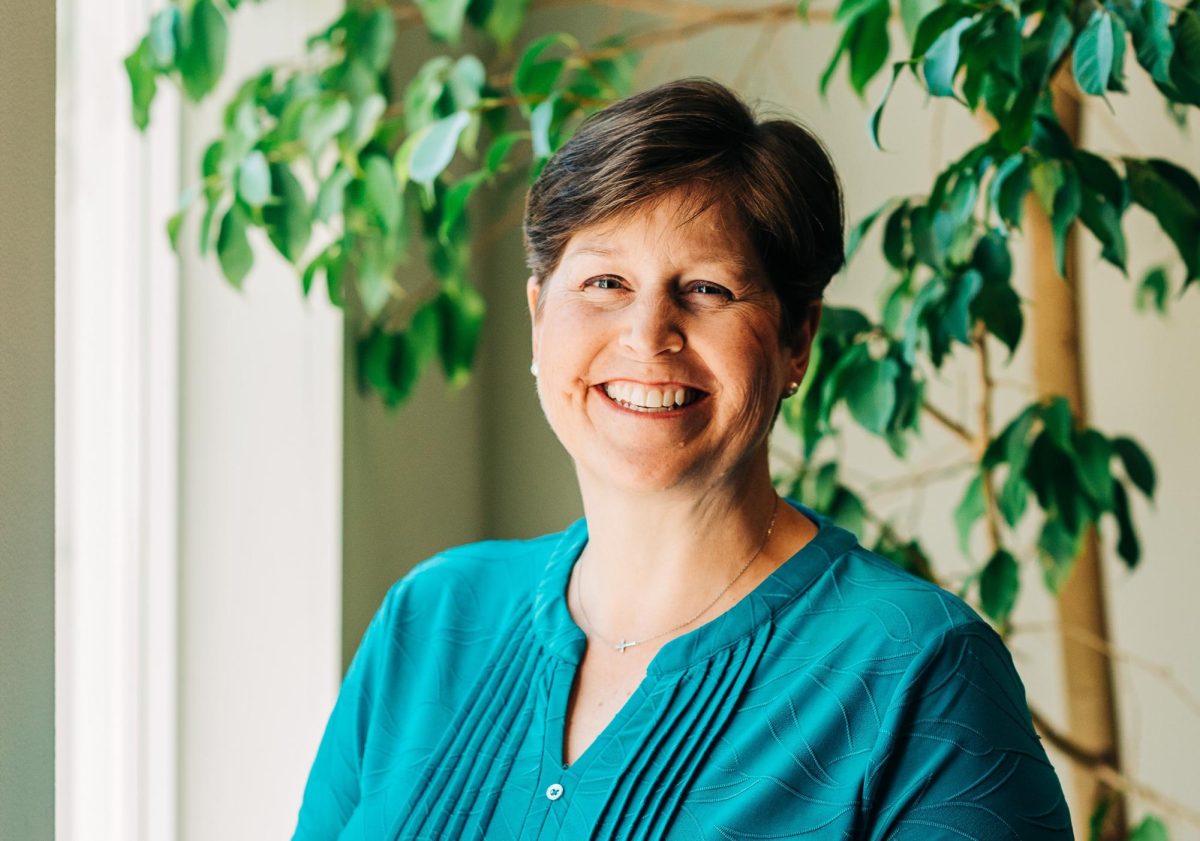On Feb. 15, pro-ISIS militants published a video showing the beheading of 21 Coptic Christians. In denouncing this action, Pope Francis urged all Christians worldwide to hear the testimony of these “Christian brothers and sisters.”
But for many Protestants here in Grand Rapids, “Coptic” is an unfamiliar word. According to the Oxford English Dictionary, the name “Copt” most likely comes from the same Greek word that gives us “Egypt.”
Historically, the term has referred to Christians living in Egypt — more specifically, members of the Coptic Orthodox Church of Alexandria.
Part of the Oriental Orthodox group of churches, the Coptic Orthodox Church broke away from most other Christian groups in A.D. 451, well before the famous Great Schism in 1054 between the Roman Catholic and Eastern Orthodox churches.
It is the largest Christian church in the Middle East, and roughly 10 percent of the Egyptian population belongs to the church, though it also has congregations in cities around the world, including Grand Rapids.
The church split over a disagreement about the nature of Jesus. According to their liturgy, Copts believe that Jesus’ divine and human natures are united “without mingling, without confusion and without alteration.”
At the Council of Chalcedon in 451, western churches accused Copts of monophysitism — denying that Jesus has two natures. The present-day Coptic church claims that the Roman church leaders misunderstood the Coptic doctrine and that no Coptic church has ever endorsed monophysitism.
Saint Mark, the traditional author of the Gospel of Mark, is the patron saint of the Coptic Church, and he is said to have brought Christianity to Egypt during the first century A.D.
The Coptic Church interprets many Old Testament prophecies as referring to itself, such as Isaiah’s mention of an “altar to the Lord in the midst of the land of Egypt.”
The first Christian monastic groups appeared in the Coptic churches in the third century, and the Coptic Pope Alexander was a primary figure in the Council of Nicaea in 325, where the Nicene Creed originated.
The leader of the church is the bishop of Alexandria, also called the pope of Alexandria. Despite the “Alexandria” title, the pope’s current seat is St. Mark’s Cathedral in Cairo. The current pope, Bishop Tawadros II, took over the papacy in 2012 and most recently declared the 21 beheaded Copts to be remembered as martyr saints.
The Coptic language was the common speech in Egypt during the first century when Christianity arrived, and it is still used in Coptic Orthodox liturgy. It is a descendant of the ancient Egyptian language that was written with hieroglyphics, and it uses an adapted version of the Greek alphabet.
Preaching and other less-liturgical church activities in Egypt use Egyptian Arabic, which slowly replaced Coptic as the common language after the seventh-century Muslim conquest of Egypt.
Despite a history dotted with periods of persecution — from the historical “jizya” tax against non-Muslims to terror attacks by extremist groups like ISIS — the Coptic Church emphasizes on its website that it “has never forcefully resisted authorities or invaders and was never allied with any powers, for the words of the Lord Jesus are clear: ‘Put your sword in its place, for all who take the sword will perish by the sword.’”
The Church credits biblical instructions like this against violence for its continued existence:
“The miraculous survival of the Coptic Church till this day and age is living proof of the validity and wisdom of these teachings.”







